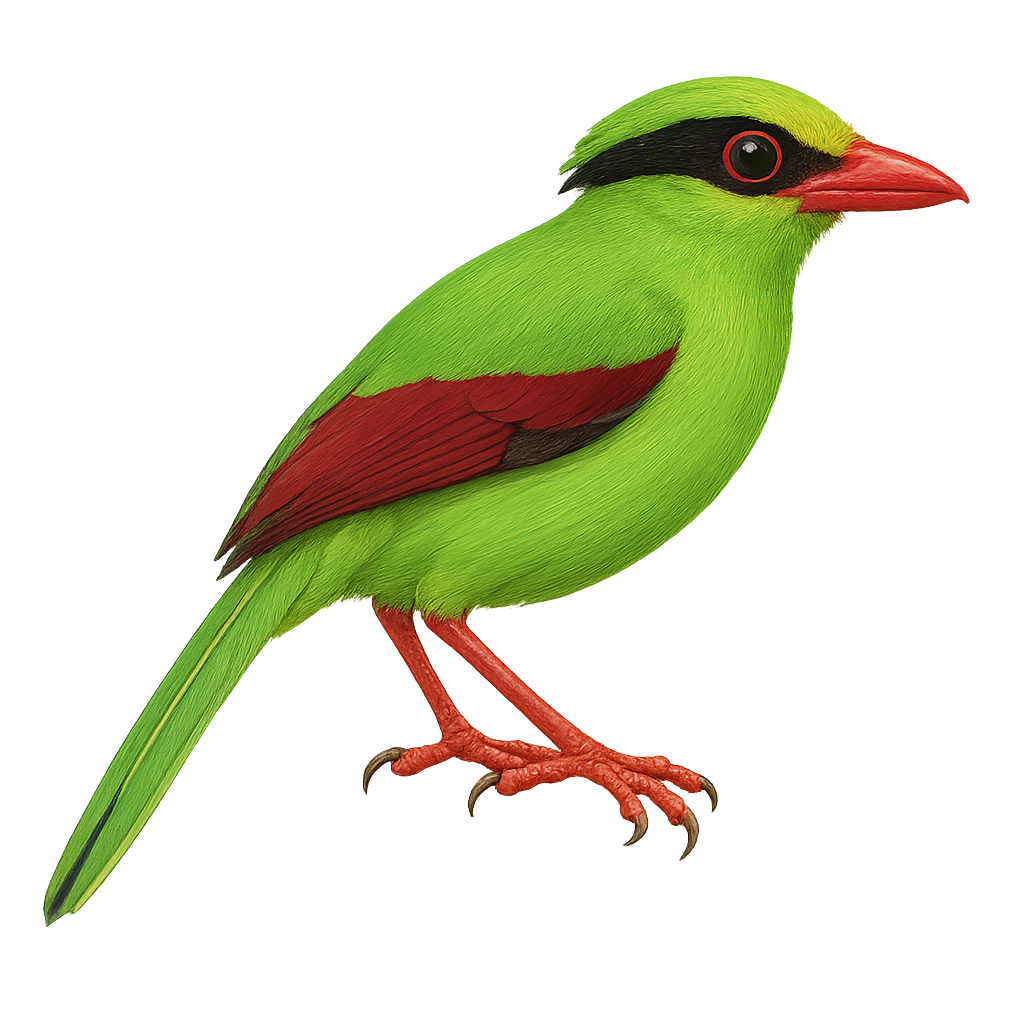Your wildlife photography guide.
Explore the common green magpie in detail, study its behavior, prepare your shots.
Where to observe and photograph the common green magpie in the wild
Learn where and when to spot the common green magpie in the wild, how to identify the species based on distinctive features, and what natural environments it inhabits. The WildlifePhotographer app offers tailored photography tips that reflect the common green magpie’s behavior, helping you capture better wildlife images. Explore the full species profile for key information including description, habitat, active periods, and approach techniques.
Common Green Magpie
Scientific name: Cissa chinensis

IUCN Status: Least Concern
Family: CORVIDAE
Group: Birds
Sensitivity to human approach: Suspicious
Minimum approach distance: 10 m
Courtship display: April to May
Incubation: 19-21 jours
Hatchings: April to June
Habitat:
Tropical forests, subtropical forests, montane forests
Activity period :
Primarily active during the day, with peak activity in the morning and late afternoon.
Identification and description:
The Common Green Magpie, scientifically known as Cissa chinensis, is a striking bird with predominantly green plumage accented by shades of blue and yellow. Its head features distinctive black feathers, and its beak is a vivid red. This bird primarily inhabits the dense tropical forests of Southeast Asia, where it feeds on insects, small reptiles, and fruits. Known for its discreet behavior, it blends seamlessly into the dense foliage. The Common Green Magpie is a social bird, often seen in small groups. Although its habitat is threatened by deforestation, it remains relatively common in some areas.
Recommended lens:
400 mm – adjust based on distance, desired framing (portrait or habitat), and approach conditions.
Photography tips:
To photograph the Common Green Magpie, it is advisable to use a 400mm or longer telephoto lens to capture detailed images without disturbing the bird. Look for it in dense tropical forests, where it camouflages among the foliage. Be patient and discreet, as this bird is suspicious and may hide at the slightest alert. Use a tripod to stabilize your camera and wait for the right moment to capture its vibrant plumage under natural light.
The WildlifePhotographer App is coming soon!
Be the first to explore the best nature spots, track rutting seasons, log your observations, and observe more wildlife.
Already 1 430 wildlife lovers subscribed worldwide

